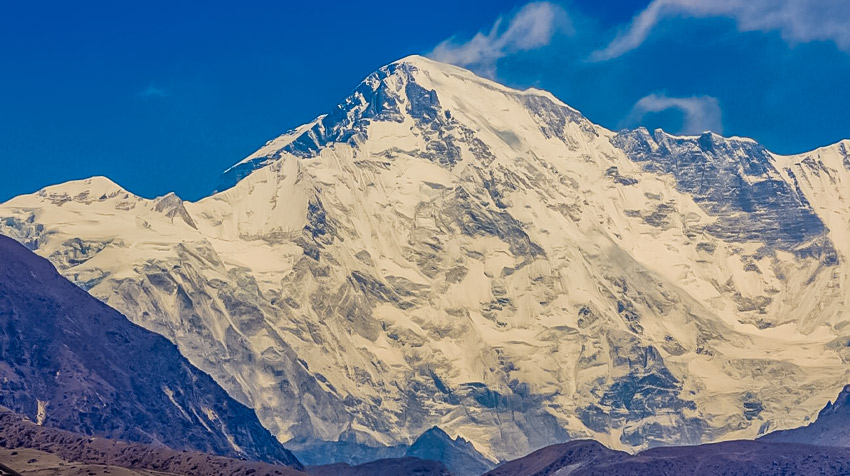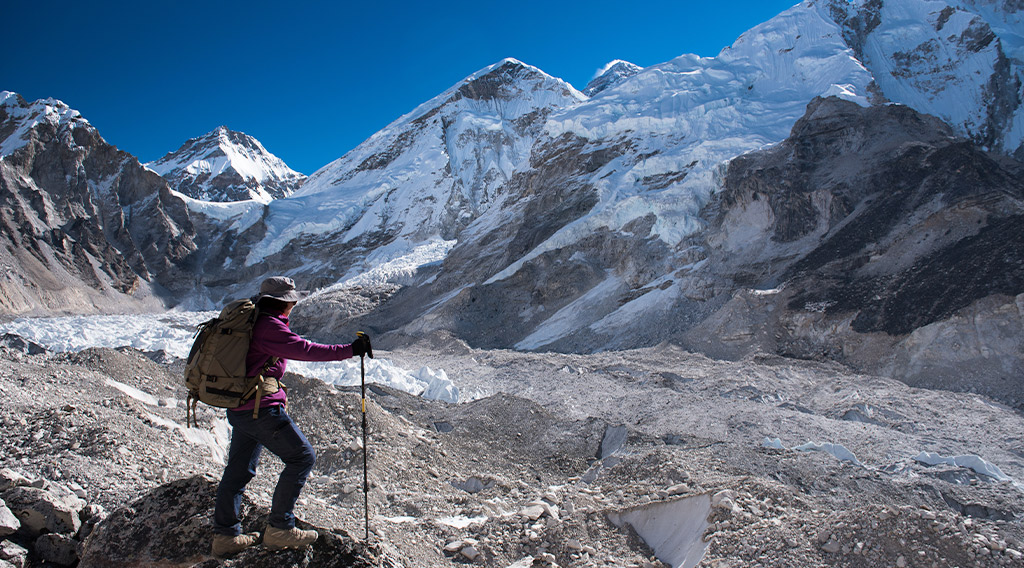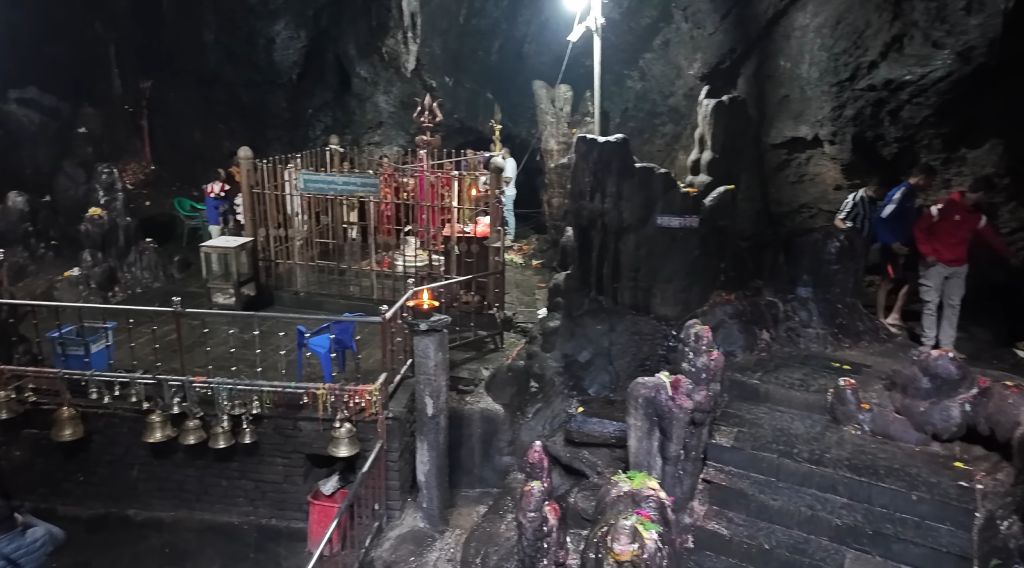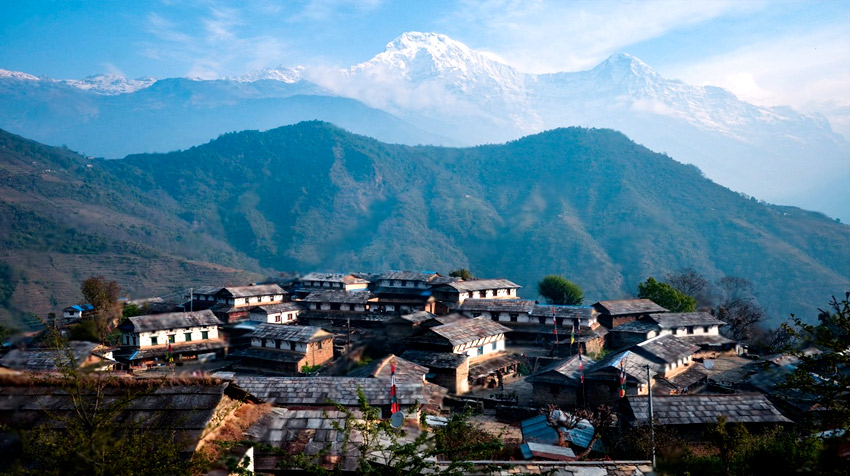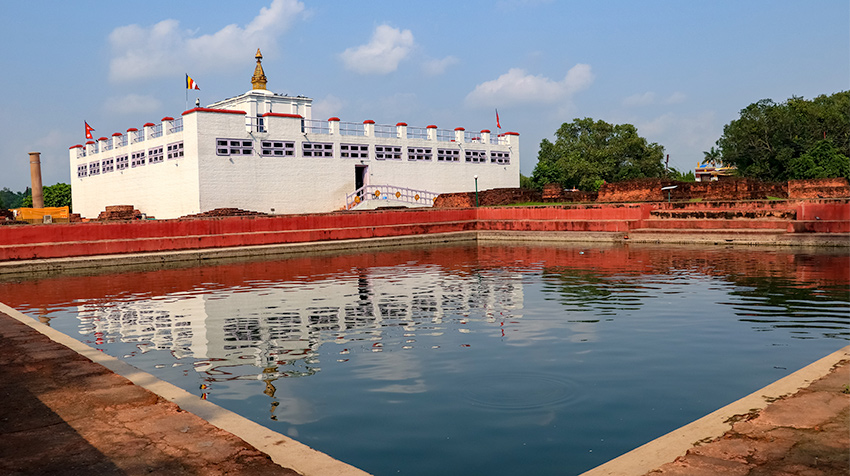Conquering Everest Base Camp: Navigating One of the World's Most Challenging Treks
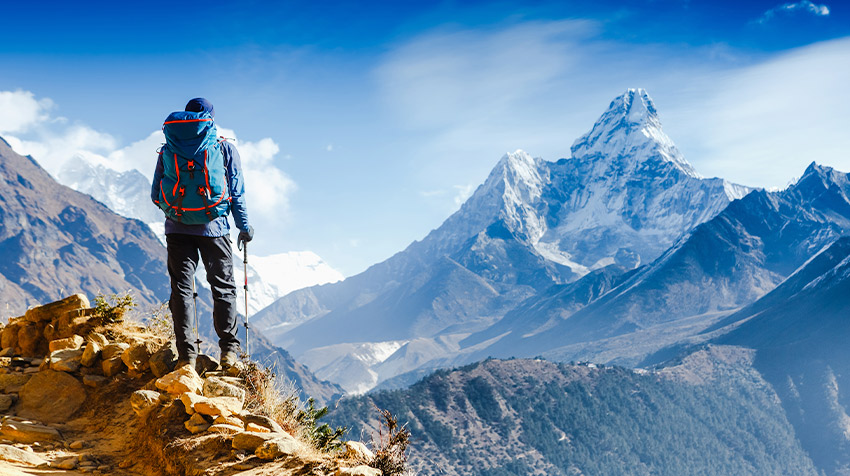
The Everest Base Camp trek is one of the world's most formidable trekking challenges, offering a unique blend of natural beauty, cultural richness, and physical demands. It is not a mere stroll but a journey that demands immense patience, determination, and preparation. This trek is a testament to human resilience and spirit, offering unforgettable experiences that will forever engrave themselves in your memory.
Understanding the Everest Base Camp Trek Difficulty
It is often said that difficult roads lead to beautiful destinations. The Everest Base Camp trek is a perfect example, leading to a calming state of mind and a breathtaking destination. But before reaching this beauty, there are countless obstacles to overcome, each a part of the journey that will forever engrave itself in your memory.
The Everest Base Camp trek lasts approximately two weeks and is moderately difficult primarily due to the sheer distance and significant elevation gain. While no prior trekking experience is mandatory, physical fitness and mental fortitude are crucial. Here, we delve into your primary challenges and the essential preparation needed for a successful trek, ensuring you are ready for the journey ahead.
Altitude Sickness
Altitude, or acute mountain sickness (AMS), is a common challenge on this trek. AMS symptoms include headaches, dizziness, shortness of breath, fatigue, and nausea, typically occurring when ascending to higher altitudes too quickly. The trek begins with a flight to Lukla (below 3,000 meters) and ascends to Everest Base Camp (around 5,400 meters), with the highest point being Kala Pathar (just over 5,500 meters).
Preventive Measures:
- Gradual ascent is crucial; avoid rapid elevation gains.
- Incorporate acclimatization days in your itinerary.
- Engage in breathing exercises and physical training.
- Consult with a physician before embarking on the trek.
Dehydration
Proper hydration is vital on the Everest Base Camp trek. Dehydration can exacerbate altitude sickness and lead to other issues such as diarrhea, fatigue, and headaches. You should drink at least three liters of water daily, supplemented with sports drinks or electrolyte tablets, to maintain sodium balance.
Hypoxia (Lack of Oxygen)
The most commonly felt symptom is a lack of oxygen or hypoxia. You might experience nausea, headache, dizziness, and fatigue. This occurs when your body cannot process enough oxygen and absorbs high concentrations of atmospheric nitrogen instead. For example, at 8500 feet altitude, there is 40% less oxygen than at sea level.
This can be especially dangerous if you have a respiratory illness before you start trekking to a height of 8000 meters. Your body is already under stress as it struggles to survive in low levels of air pressure and has fewer resources available for healing the illness. The lack of oxygen is also one of the difficulties of the Everest base camp trek.
Preventive Measures:
- Ensure a gradual ascent.
- Use supplemental oxygen if necessary.
- Stay aware of your body's signals and rest as needed.
Mental Fatigue
The psychological toll of the trek is significant. Mental fatigue can be as debilitating as physical exhaustion, often exacerbated by the demanding environment and monotonous routine.
Preventive Measures:
- Stay motivated by engaging in positive self-talk.
- Take breaks and enjoy the surroundings to combat monotony.
- Stay connected with your trekking group for moral support.
5. Environmental Challenges
According to the National Center for Atmospheric Research, humans have inhabited a region of the Earth with an average elevation of 7830 feet since ancient times. This high elevation poses various risks, such as increased atmospheric pressure and lower oxygen levels.
The journey to Everest base camp takes place in challenging mountainous terrain at an elevation of over 5000 meters. Mountains are known for being the most unpredictable geographical feature.
Due to the region's geography, encountering difficulties in the mountains is common. Environmental challenges may contribute to the difficulty level of the Everest base camp trek.
Preventive Measures:
- Plan and prepare for diverse weather conditions.
- Develop solid navigational skills.
- Stay informed about the terrain and potential hazards.
6. Unfriendly Climate
Adverse weather conditions could foil the best-laid plans for a hike, potentially putting anyone traveling at risk. Therefore, planning a trek to Everest base camp should be based on weather forecasts and seasonal patterns.
Preventive Measures:
- Schedule your trek during favorable weather seasons (March-May and October-November).
- Carry appropriate gear and clothing.
- Always stay dry and warm to avoid hypothermia.
7. Trail Conditions
Trekking in poor trail conditions is a common issue with numerous causes. These factors include natural dangers such as avalanches, rockfall and extreme weather conditions like heavy rain or snow.
Maintaining trail conditions when trekking requires attention to several crucial factors, including navigation and planning. Excellent navigational abilities are essential when trekking and can prevent people from getting into dangerous situations. By understanding terrain features and weather conditions, individuals can decide to reduce the risks associated with trail conditions.
Preventive Measures:
- Develop a robust understanding of the terrain and weather patterns.
- Keep an eye on the trail conditions and proceed with caution.
8. Khumbu Cough
The Khumbu region's dry, freezing mountain air may cause coughing and throat irritation. Keep your chest covered, breathe pressurized air while wearing a mask or buff, and consider using cough medicine or candy to prevent this. These precautions can help make your Everest base camp trek more comfortable.
Preventive Measures
- Wear a mask or buff to warm and humidify your air.
- Use cough drops to soothe your throat.
9. Knee Problems and Foot Blisters
Walking for extended periods can often lead to blisters. These can be caused by factors such as not breaking in your shoes, wearing thin socks, and pressure from sweaty feet. Therefore, it is essential to take necessary safety measures and carry blister tape or moleskin.
When trekking in winter or high passes, it's crucial to be aware of additional risks such as snow blindness, hypothermia, and frostbite. A helicopter is the only means of escape in an emergency in the Everest region. Hence, purchasing insurance covering up to 6,000 meters and helicopter evacuation for the Everest Base Camp trek is essential.
Preventive Measures
- Use knee supports and trekking poles.
- Break in your trekking shoes before the journey and use blister tape or moleskin.
10. Snow Blindness, Hypothermia, and Frostbite
These are serious risks, especially when trekking in winter or at high passes.
Preventive Measures:
- Wear UV-protective sunglasses.
- Dress in layers to maintain body heat.
- Always carry emergency supplies and insurance for helicopter evacuation if necessary.
Who Can Undertake the Everest Base Camp Trek?
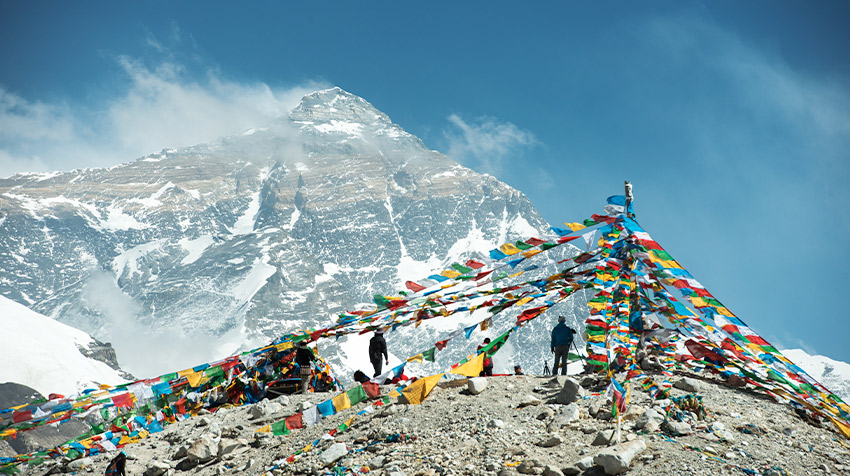
The Everest Base Camp Trek is one of the most popular treks in the world due to its stunning journey through the highest peaks on Earth. However, it is also one of the most challenging treks due to the high elevation, which can be difficult for those unaccustomed to high altitudes. If you are considering attempting this trek, here are some questions to help determine if you are prepared for this incredible challenge.
- Physical Fitness: Regular exercise and strength training are essential. Engage in long hikes to build endurance.
- Acclimatization Practice: Consider high-altitude treks like Annapurna Base Camp or Muktinath Jomsom to acclimatize.
- Mental Preparation: Practice mindfulness and stress management techniques for the psychological demands.
Why do you need to trek to Everest base camp?
Every explorer has the Everest Base Camp Trek on their bucket list for good reason; it is one of the most well-known hiking adventures in the entire world. From the lovely Sherpa culture to the stunning view of Everest's peaks, this extraordinary journey offers unforgettable highlights and experiences that genuinely reflect the Himalayan way of life. We can tell you that it is well worth the climb! Do you still need urging? View our justifications on why you should take up this task.
We'll start with the most obvious of our trip's highlights: that breathtaking view of one of the world's most recognizable mountains. When you first see those magnificent snow-capped peaks, you'll wonder. On your walk, you will be treated to some of the most breathtaking Himalayan landscapes, views that cannot be found anywhere else in the world. You'll be amazed by the mountains' size and have a profound sense of connection with them.
1. View of Everest
We'll start with the most obvious of our trip's highlights: that breathtaking view of one of the world's most recognizable mountains. When you first see those magnificent snow-capped peaks, you'll wonder. On your walk, you will be treated to some of the most breathtaking Himalayan landscapes, views that cannot be found anywhere else in the world. You'll be amazed by the mountains' size and have a profound sense of connection with them.
2. Local Guides, sherpas and porters
You will be in good hands because amazing Sherpas and guides—locals renowned for being among the friendliest and most welcoming people in the world who are experts at climbing mountains—will be with you on your journey. As they guide you to Everest Base Camp, listen to their fantastic tales and be amazed by their superhuman climbing ability; the shared experience with them will be one you will never forget
3. Reaching Base Camp
After passing the Everest Base Camp trek difficulty level and reaching the Everest Base Camp, the most significant highlight of your entire expedition is the most amazing moment of this great challenge.
Reaching your destination and celebrating with your fellow hikers as the magnificent mountains serve as your backdrop is the best feeling in the world. Your hard effort will all have been worthwhile since you'll feel such an incredible sense of accomplishment and pure delight. After a challenging hike, the accomplishment and the mountain views will raise your spirits.
4. The Tea Houses
Visiting the well-known teahouses that dot the mountain is likely to be a memorable experience in and of itself because you get to relax, take in the warmth, and interact with travelers from all over the world who are on the same adventure.
Friendly and welcoming villagers will surround you, enjoy some hot food and a shower, and appreciate a great experience that few travelers to Nepal will get to see. Even though the accommodations are basic and feel more like a homestay than a hotel, they are a great experience.
5. Monastery
The journey to Everest Base Camp is both adventurous and spiritual. On your hike, you will come across the common practice prayer flags, which flutter in the five traditional colors of the sky, the air, the water, the fire, and the Earth (blue for the sky, white for air, red for fire, green for water, and yellow for Earth) and bear symbols of Buddhist teachings and prayers.
But the Tengboche Monastery, where Buddhist monks live and who bless trekkers for a safe journey before they set out on the rest of their expedition, is the most well-known and renowned spiritual symbol you will encounter.
The monastery is a serene, spiritual, and calming stop on your epic journey. It is magnificently decorated with murals and paintings.
Training for the Everest Base Camp Trek
Exercise and Workout
A structured exercise regimen focusing on cardiovascular fitness and leg strength is vital. Practice long hikes and stair climbing to simulate trekking conditions.
Acclimatization
Gradual acclimatization is crucial for a safe and successful trek. Plan for rest days and shorter hikes to higher altitudes to allow your body to adjust to the reduced oxygen levels.
Climbing Practice
Familiarize yourself with the physical demands of trekking by engaging in regular hiking. Gradually increase the difficulty and duration of your hikes to build stamina.
Conclusion: Preparing for the Everest Base Camp Trek
The Everest Base Camp trek is an arduous but achievable adventure for those with determination and preparation. While the journey is fraught with challenges, the rewards of stunning landscapes, cultural richness, and a sense of personal accomplishment make it worth undertaking.
Travel and Timing
Duration: The trek from Kathmandu to Everest Base Camp typically takes 14 days. Allocate additional days for travel to and from Kathmandu and recovery from jet lag.
Best Time to Trek: The ideal trekking seasons are pre-monsoon (March-May) and post-monsoon (October-November), offering favorable weather conditions.
Safety and Risk Management
While the trek is not inherently dangerous, it requires careful planning and adherence to safety measures. A reliable guide, proper acclimatization, and adequate hydration are crucial. Always be prepared for emergencies with appropriate insurance and understand the risks involved.
Embarking on the Everest Base Camp trek is a life-changing experience. With the proper preparation and mindset, you can overcome the challenges and relish the extraordinary beauty of the Himalayas.


